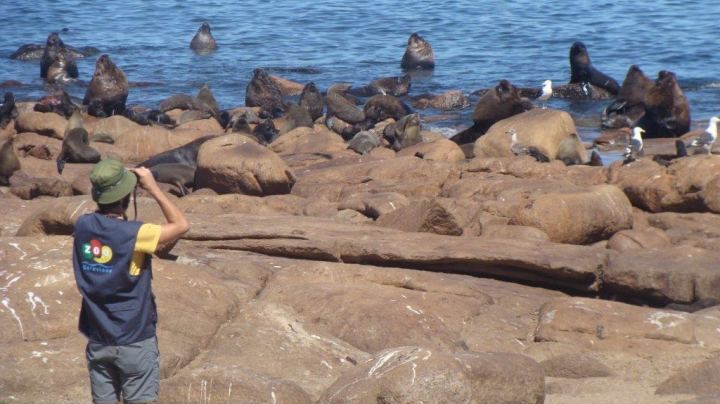
Fishing has a high capacity to alter, directly or indirectly, the functionality and structure of marine ecosystems. Marine mammals can be direct competitors to fishing and may therefore by affected indirectly by this human activity, which can change not just their population sizes but also their ecological roles. Even so, we know little about the indirect effects of fishing on marine mammal populations, as we generally have no historical perspective to enable us to understand the ecological role they played in pristine ecosystems.
One way of assessing possible changes in the ecological role of marine mammals in the new ecosystems created by industrial fishing involves comparing their current diet with the one consumed in the past, both reconstructed through an analysis of stable isotopes conserved in museums. Stable isotopes, mainly those of nitrogen and carbon, are commonly used markers in marine animals for determining the composition of their diets, trophic relationships and type of habitat used. This technique has been regularly used in vertebrate studies; the Department of Evolutionary Biology, Ecology and Environmental Sciences at the University of Barcelona has extensive experience in this field as demonstrated by the various collaborations already carried out by this research group and Barcelona Zoo itself, through several PRIC scholarships.
This general objective of this study is to understand how marine mammal populations respond to the development of industrial fishing, taking as its model the Río de la Plata's community of top predators . More specifically, the aim is to carry out research through a comparative “before-and-after” approach to the development of fishing, and based on an analysis of multiple stable isotopes (C, N, O) from bone tissue, the trophic habits of three marine mammal species - the Plata dolphin (Pontoporia blainvillei), and the South American sea lion (Otaria flavescens) and the South American fur seal (Arctocephalus australis) which are of considerable conservational value, not just at a local biodiversity level, but also at a global level.




